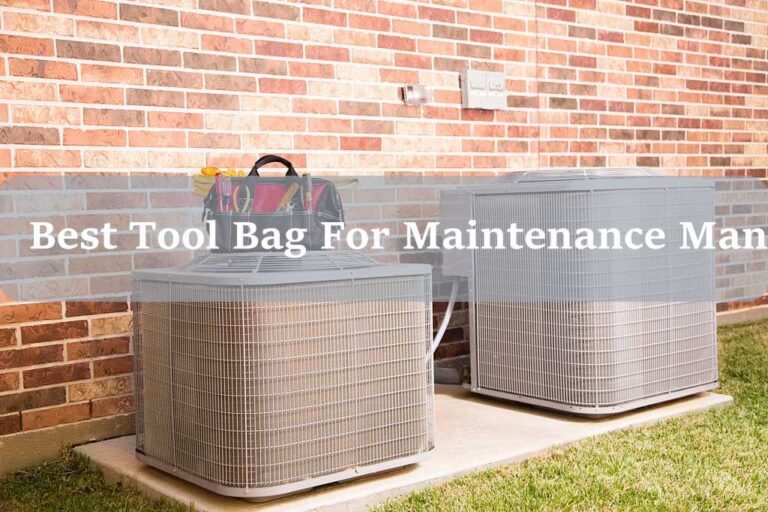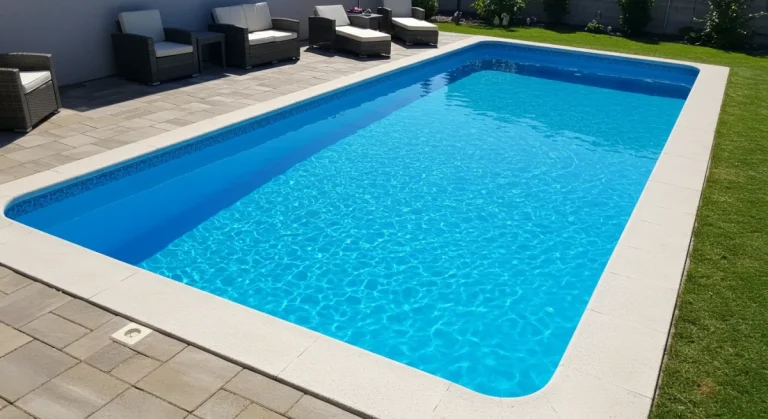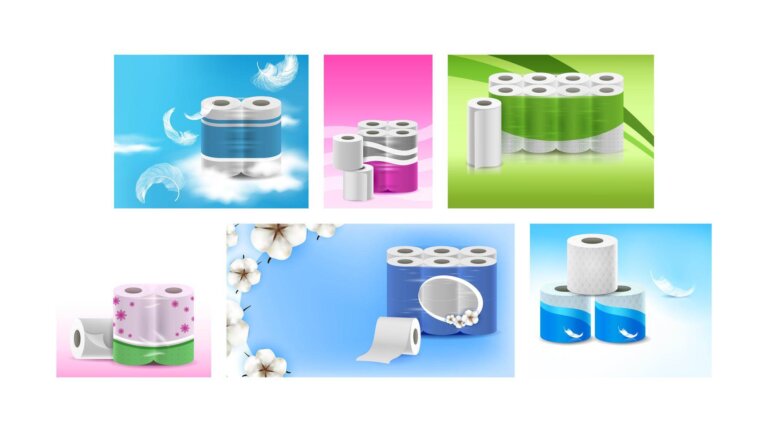How to Calculate Pool Volume in Gallons: Formulas & Calculator
Tired of guessing how much shock to add or wondering what your water bill will look like after a refill? Don’t stress—calculating your pool’s volume is the first step to saving money and time, and it’s much easier than you think. Getting this number right is the key to accurate chemical treatments, right-sized equipment, and smart budgeting. We’ll walk you through the simple formulas, but for an all-in-one solution, our fill-time calculator on the main pillar page can determine your gallons and fill time instantly.
Key Takeaways
- Why It Matters: Knowing your pool’s volume is essential for adding the correct amount of chemicals, choosing the right size pump or heater, and estimating water fill costs.
- Core Formula: Most calculations use a simple formula: Length × Width × Average Depth × Multiplier = Volume in Gallons.
- The Multiplier: For square or rectangular pools, the multiplier is 7.5 (the number of gallons in one cubic foot). Other shapes use different multipliers.
- Average Depth is Key: For pools with a slope, add the shallow end depth to the deep end depth and divide by two.
- Estimates are Okay: For irregular or kidney-shaped pools, a close approximation is good enough for most maintenance tasks.
Why Knowing Your Pool’s Volume is Crucial
It might seem like a trivial detail, but knowing your pool’s volume in gallons is the most important number for any pool owner. It directly impacts three critical areas:
- Accurate Chemical Dosing: Every chemical, from chlorine and shock to algaecide and pH balancers, is added based on volume. Guessing can lead to using too much (which can damage equipment and irritate swimmers) or too little (which won’t keep your water safe and clean).
- Correct Equipment Sizing: Are you buying a new pump or heater? They are rated for specific gallon ranges. A properly sized pump ensures good circulation without wasting electricity, while the right heater will warm your pool efficiently.
- Calculating Fill Time & Cost: Knowing your volume is the only way to figure out your water bill for a refill. Once you have your gallons, you can see how long it will take to fill your pool and what it will cost.
The 3 Simple Measurements You’ll Need
Before you can use any formula, you need three basic measurements in feet. Grab a tape measure and let’s get started.
- Length: The longest side of the pool.
- Width: The shorter side of the pool.
- Depth: The depth of the water from the floor to the waterline.
How to Find Your Pool’s Average Depth (for Sloped Pools)
If your pool has a shallow end and a deep end, you can’t just use one measurement. You need the average depth. It’s simple, I promise.
Just measure the water depth at the shallowest point and the deepest point, then use this formula:
(Shallow End Depth + Deep End Depth) ÷ 2 = Average Depth
Pro Tip
Always measure the actual water depth, not the height of the pool wall. This gives you a much more accurate number for chemical calculations.
Pool Volume Formulas for Any Shape
Now that you have your measurements, find your pool’s shape below and plug them into the corresponding formula.
For Rectangular & Square Pools
This is the most common and easiest calculation. The multiplier here is 7.5, which is how many gallons fit in one cubic foot of water.
Formula: Length × Width × Average Depth × 7.5 = Volume in Gallons
- Example: A 15 ft x 30 ft pool with an average depth of 5 ft holds:15 × 30 × 5 × 7.5 = 16,875 Gallons
For Round Pools
For round or circular pools, you’ll need the radius, which is just half of the pool’s diameter (the distance across the widest point). The formula also uses pi (pi), which we’ll round to 3.14.
Formula: 3.14 × Radius² × Average Depth × 7.5 = Volume in Gallons
- Example: A 24 ft round pool has a 12 ft radius. If it’s 4 ft deep:3.14 × (12 × 12) × 4 × 7.5 = 13,564.8 Gallons
For Oval Pools
Oval pools use a slightly different multiplier to account for the rounded corners. The industry standard is 6.7.
Formula: Length × Width × Average Depth × 6.7 = Volume in Gallons
- Example: A 12 ft x 24 ft oval pool with an average depth of 4.5 ft holds:12 × 24 × 4.5 × 6.7 = 8,683.2 Gallons
For Kidney-Shaped & Irregular Pools (The Approximation Method)
Stressed about curves and freeform shapes? Here’s the cheat code. You don’t need to be perfect; a close estimate is all you need. We use a special multiplier of 0.45 to average out the irregular shape.
Formula: (Widest Point A + Widest Point B) × Length × 0.45 × Average Depth × 7.5 = Volume in Gallons
- Example: An irregular pool is 30 ft long, 10 ft wide at one end (A), 15 ft wide at the other (B), and has an average depth of 5 ft:(10 + 15) × 30 × 0.45 × 5 × 7.5 = 12,656.25 Gallons
The Easiest Method: Use Our Volume & Fill Time Calculator
While the formulas are great for understanding the ‘how,’ the fastest way to get your answer is to use a tool.
Our main Pool Fill Time Calculator is designed to do exactly this. It not only helps you calculate your pool’s volume in gallons but also uses that number to immediately tell you how long it will take to fill with your hose—and what it’s likely to cost.
It’s the perfect one-two punch: get your volume and your fill time in one place.
Frequently Asked Questions (FAQ)
How do I convert pool volume from gallons to liters?
If your pool chemicals are dosed in liters, the conversion is simple. Just multiply your total gallons by 3.785.
- Formula: Total Gallons × 3.785 = Total Liters.
How many gallons are in a typical 12×24 oval pool?
Assuming a standard 12 ft by 24 ft oval pool has an average depth of 4.5 feet, it holds approximately 8,683 gallons. Your actual volume may vary slightly based on the true depth.
What if my pool bottom isn’t a gradual slope?
If you have a “sport pool” with two shallow ends and a deep middle, or a multi-level bottom, just treat it like two separate pools. Measure the volume of each section and simply add them together for your total.
Your Pool Volume: The First Step to a Perfect Pool
See? That wasn’t so bad. Whether you used a formula or our calculator, you now have the single most important piece of data for your pool. With this number, you can dose your chemicals with confidence, budget for water costs accurately, and make sure your equipment is working for you, not against you. You’ve got this!
Now that you know your gallons, the next logical step is to figure out costs and timing. See how long it will take to fill your pool and what it will cost.






